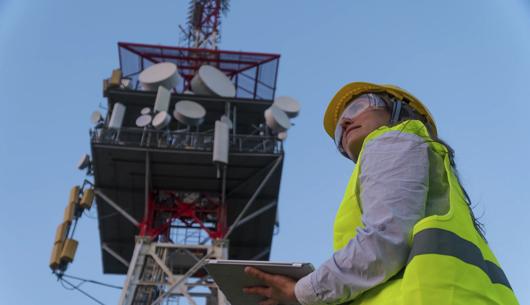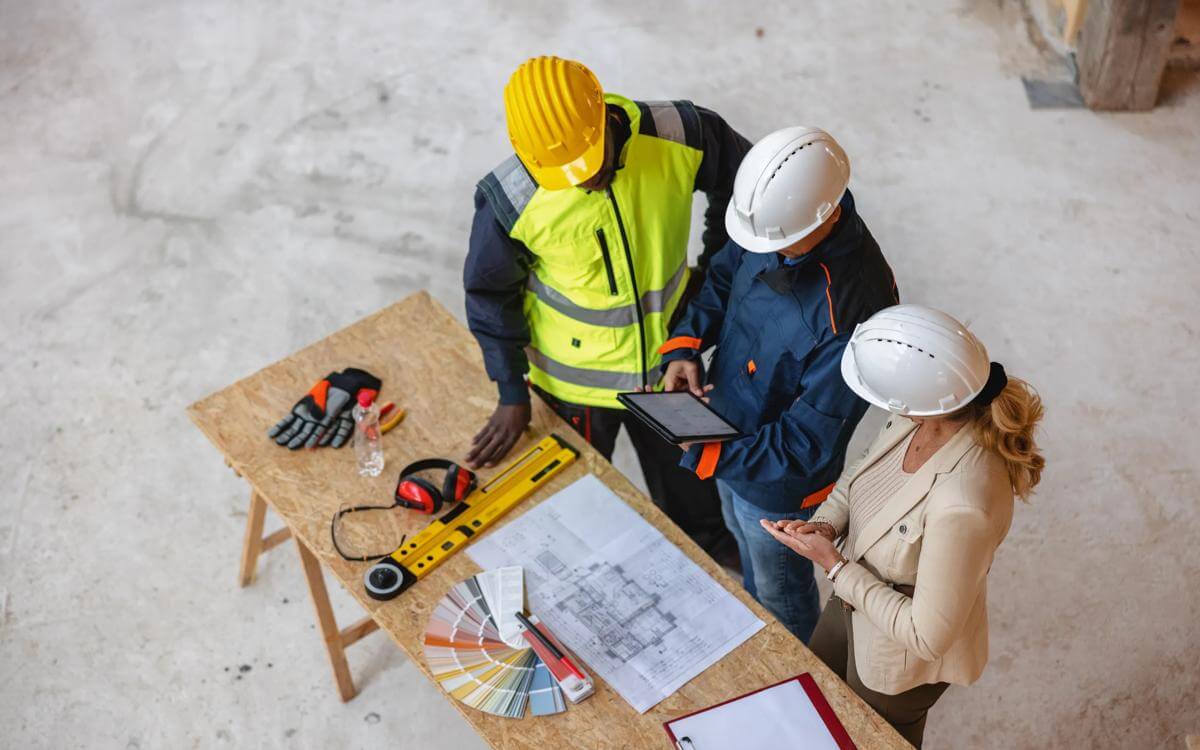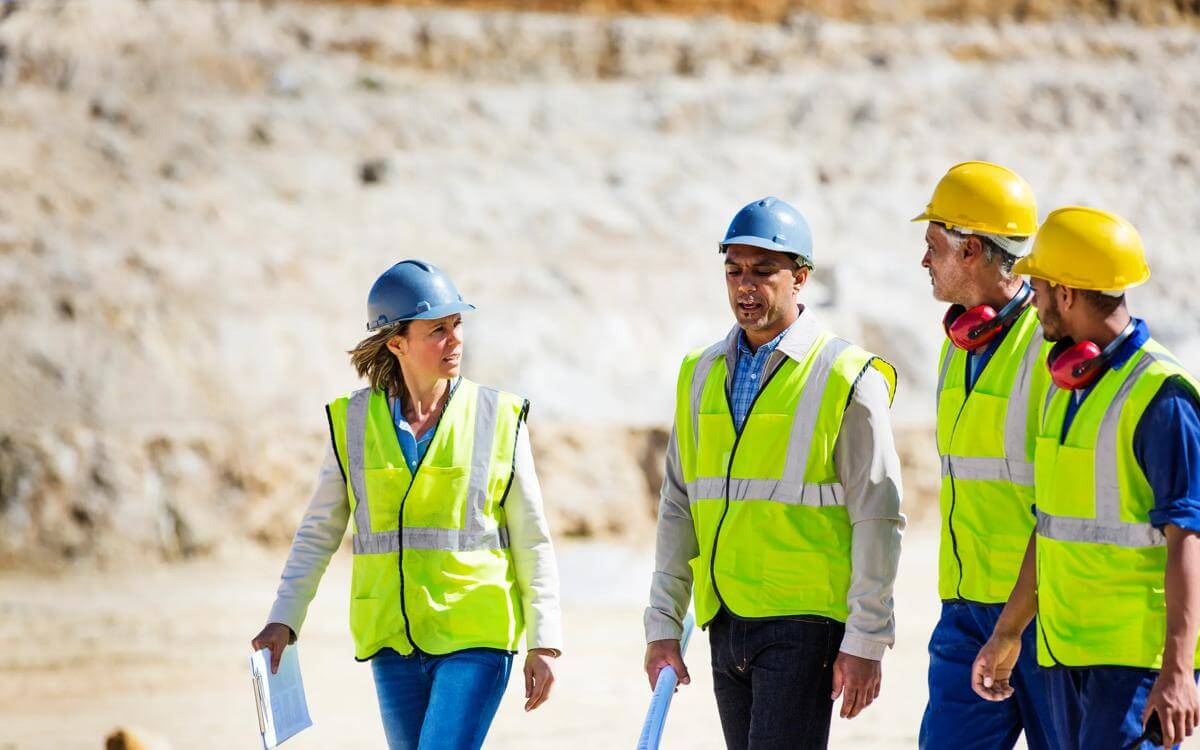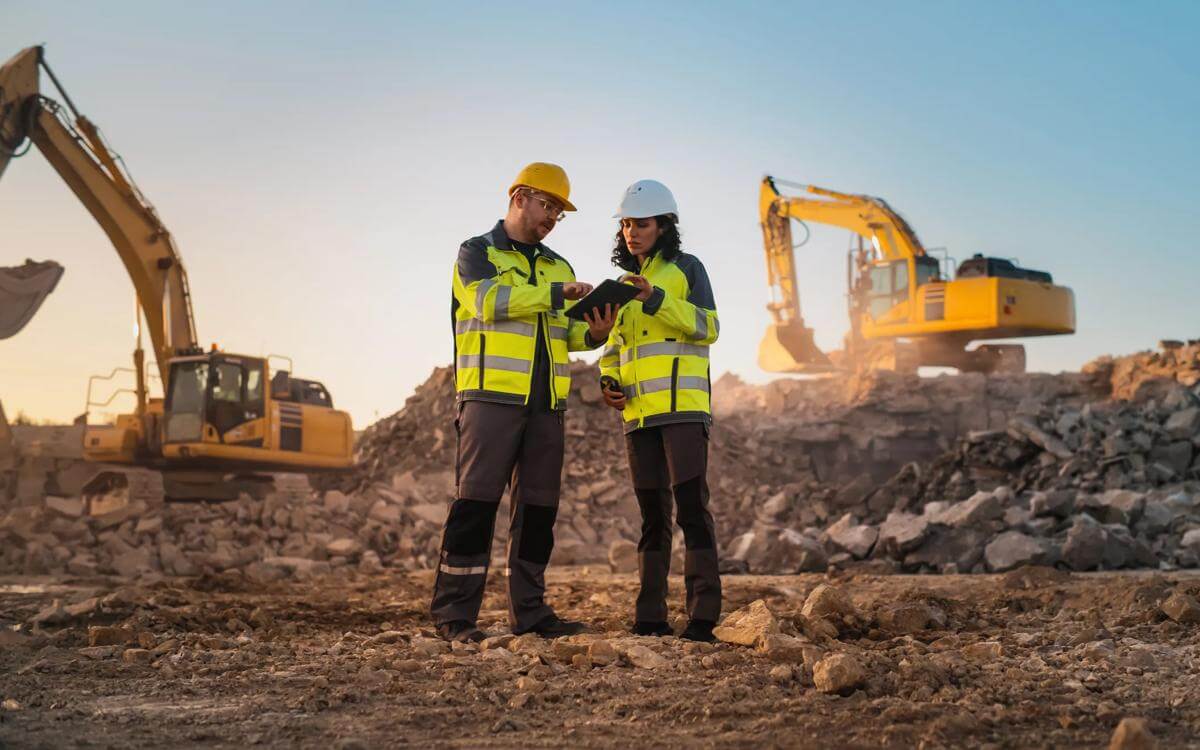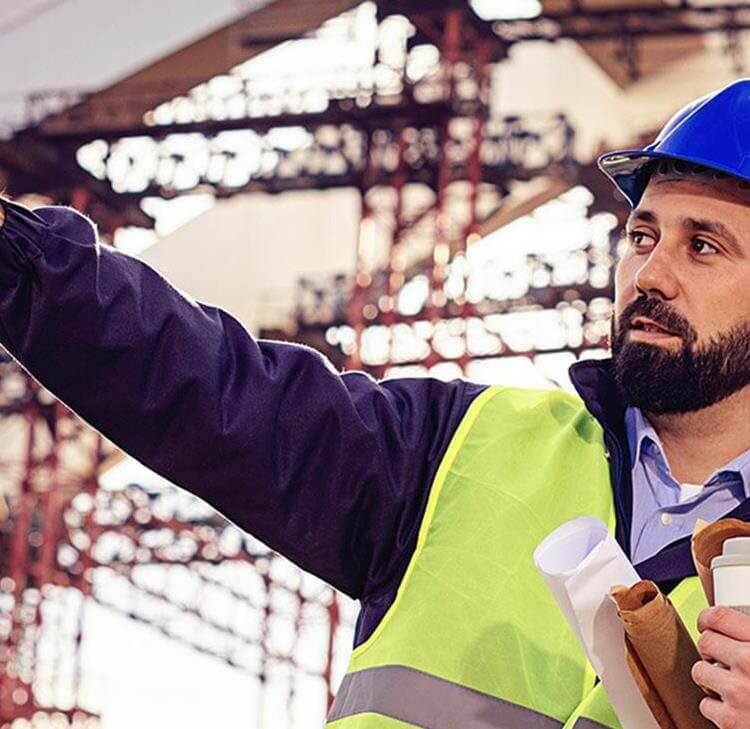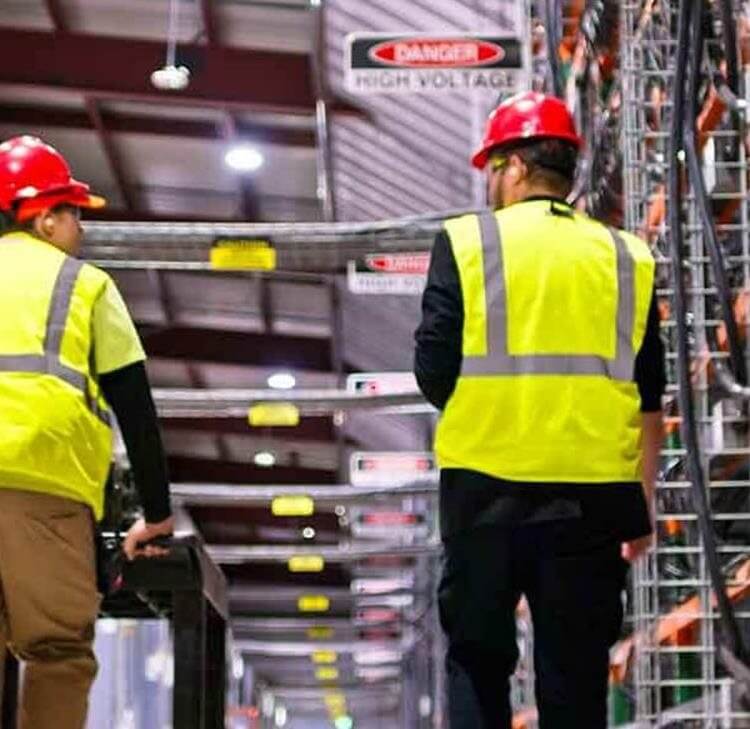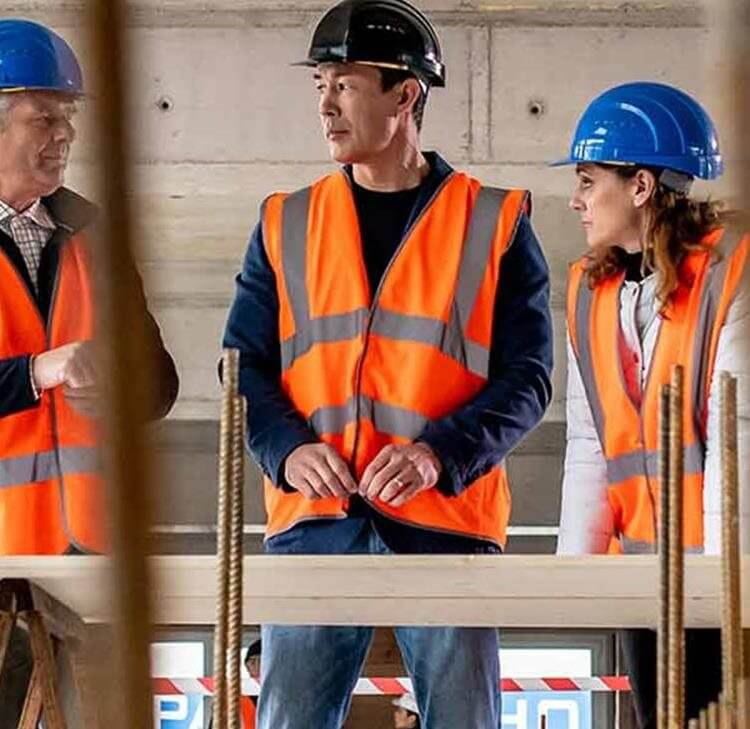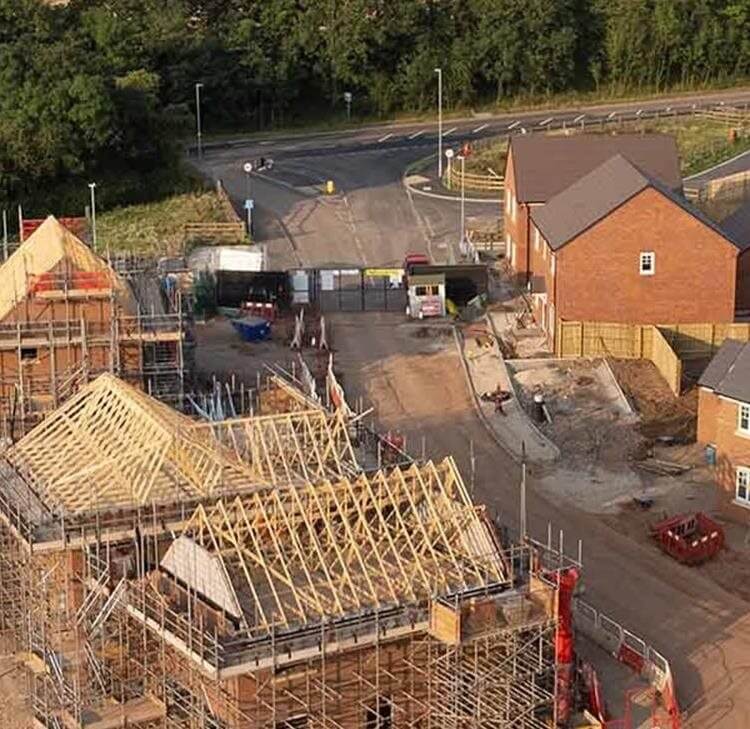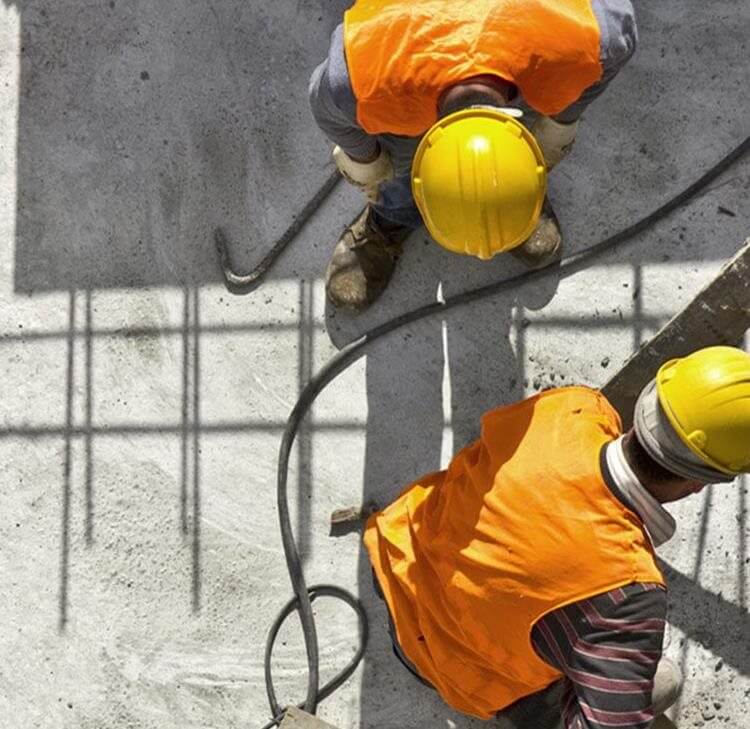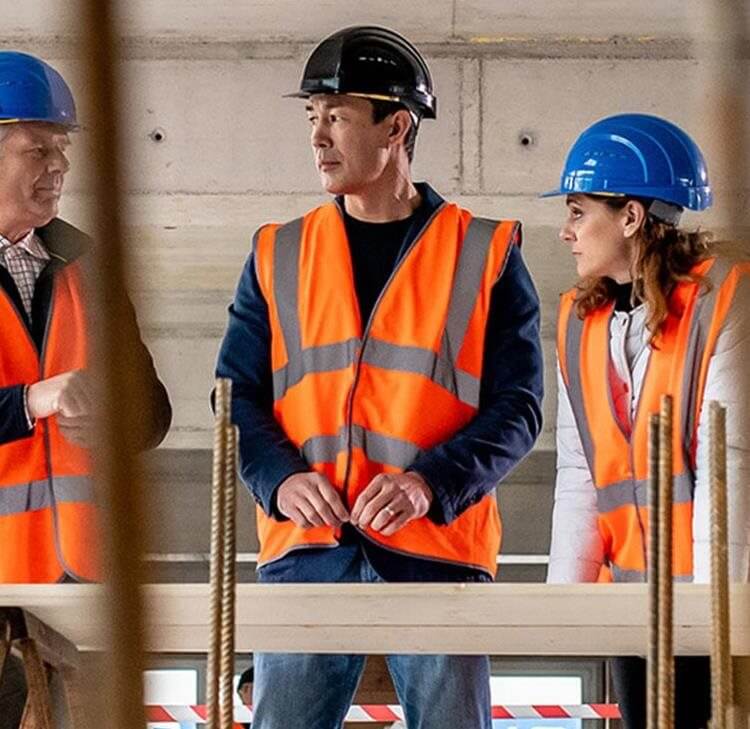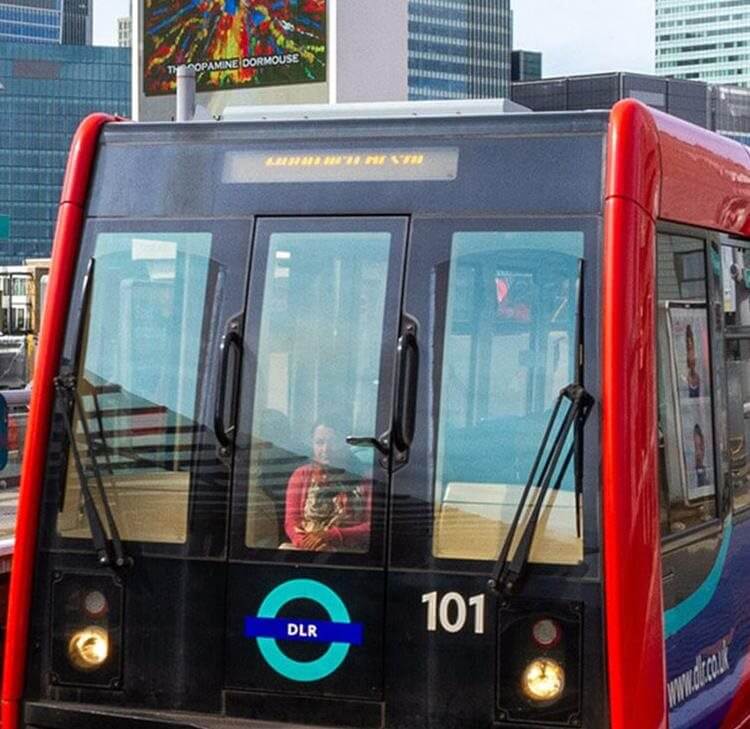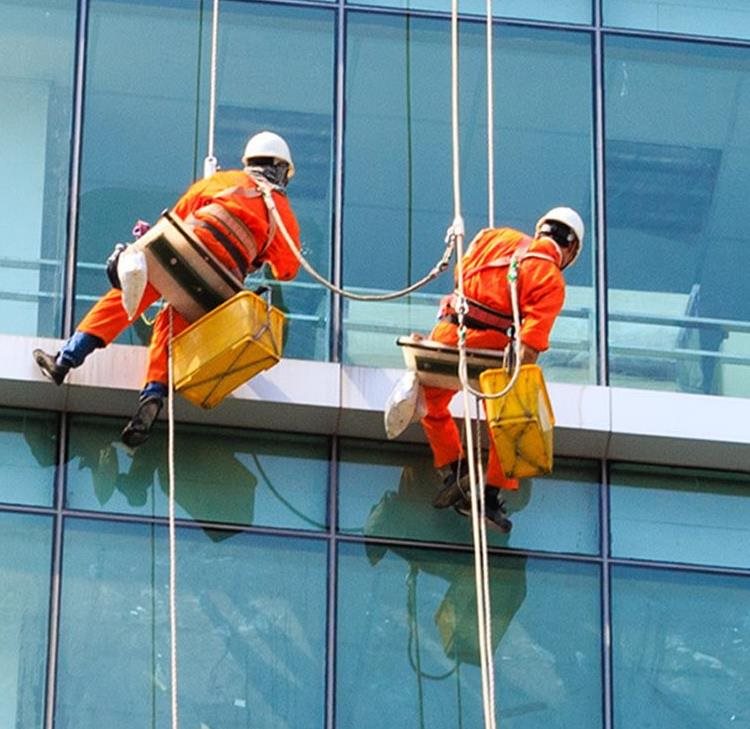ESG encompasses most of the biggest issues at the forefront of society, from navigating the path to Net Zero to ensuring social responsibility through a supply chain.
The construction sector keenly focuses on the environment since c. 40% of total greenhouse gas emissions flow from the industry. Looking forward to 2024 and beyond, the construction industry may have to pivot to a more holistic approach and provide strategies for social and governance issues alike.
Sustainable construction: Enviornmental issues
Developing sustainable construction practices and strategies to reach Net Zero have been increasingly in the spotlight over the last few years - both in terms of the carbon cost of construction and over the lifecycle of developments. However, legal obligations and specific drafting around reducing carbon emissions (what can be called “climate clauses”) have still not been adopted on mass in contracts by the industry. In the coming years we expect to see a legal shift to create a more robust contractual environment to hold parties operating in the sector to account for their climate commitments on projects as we move ever closer to the mandated Net-Zero deadlines of the Government.
Climate clauses can come in a variety of forms (and there are no doubt novel ones still to come, perhaps from the Chancery Lane Project). Examples include having specific carbon KPIs whereby contractors are rewarded for achieving or exceeding carbon targets; having liquidated damages levied against Contractors for failing to meet carbon targets; or having achievement of carbon targets as a key part of the Employer’s Requirements/Scope and therefore a condition of practical completion.
Such clauses represent a shift in the contractual agreement towards a more legally sustainable construction project. However, contractors and employers alike have either found these difficult to work with in practice or are not yet sufficiently motivated to include them as standard. The nature of a successful contract enables risk to be shared and for each party to understand their obligations – climate clauses can present a problem on both of those fronts.
For example, specific legal drafting that creates reporting obligations in terms of carbon emissions (or otherwise relies on such reporting – as do the examples above) can outpace the standard of reporting and the access to reliable data that the industry has.
Reliably mapping the carbon impact across a construction project is a relatively novel concept in the market and access to the resources and technology to do this best is costly. Accordingly, some consider trying to impose climate related reporting obligations on construction businesses is, at present, a near pointless endeavour.
As we move through 2024 and beyond, the quality of data reporting across the industry is set to improve and which may pave the way for a rise in climate related clauses in construction contracts.
The construction industry, for good reason, relies commonly upon various standard form contracts as the base of their negotiations but these largely pre-date the increasing demand for climate clauses. There is a hope that when the new suite of JCT contracts are introduced next year (see below for more details), they provide either the basis of a standardised approach to dealing with climate change and environmental issues in construction contracts or new supplemental provisions giving parties options they are prompted to consider.
Sustainable construction: Social issues
Social issues cannot escape the construction sector – while the ‘E’ from ESG occupies most of the spotlight, social issues are ever present but there is generally more progress in contracts on this front. Employers and their lawyers (particularly in the public sector) are more regularly adding drafting into contracts aimed at removing modern slavery in supply chains (an approach also taken in the EU), obliging contractors to utilise SMEs where possible, to make appropriate use of apprentices, to pay suppliers more quickly and setting minimum payment expectations for supplier staff. Such obligations by their nature drive the governance of the contractor and their supply chain to see they are complied with. As with environmental issues, there will be a continued industry focus in 2024 and beyond.
Contact

Tim Claremont
Partner
tim.claremont@brownejacobson.com
+44 (0)20 7871 8507


